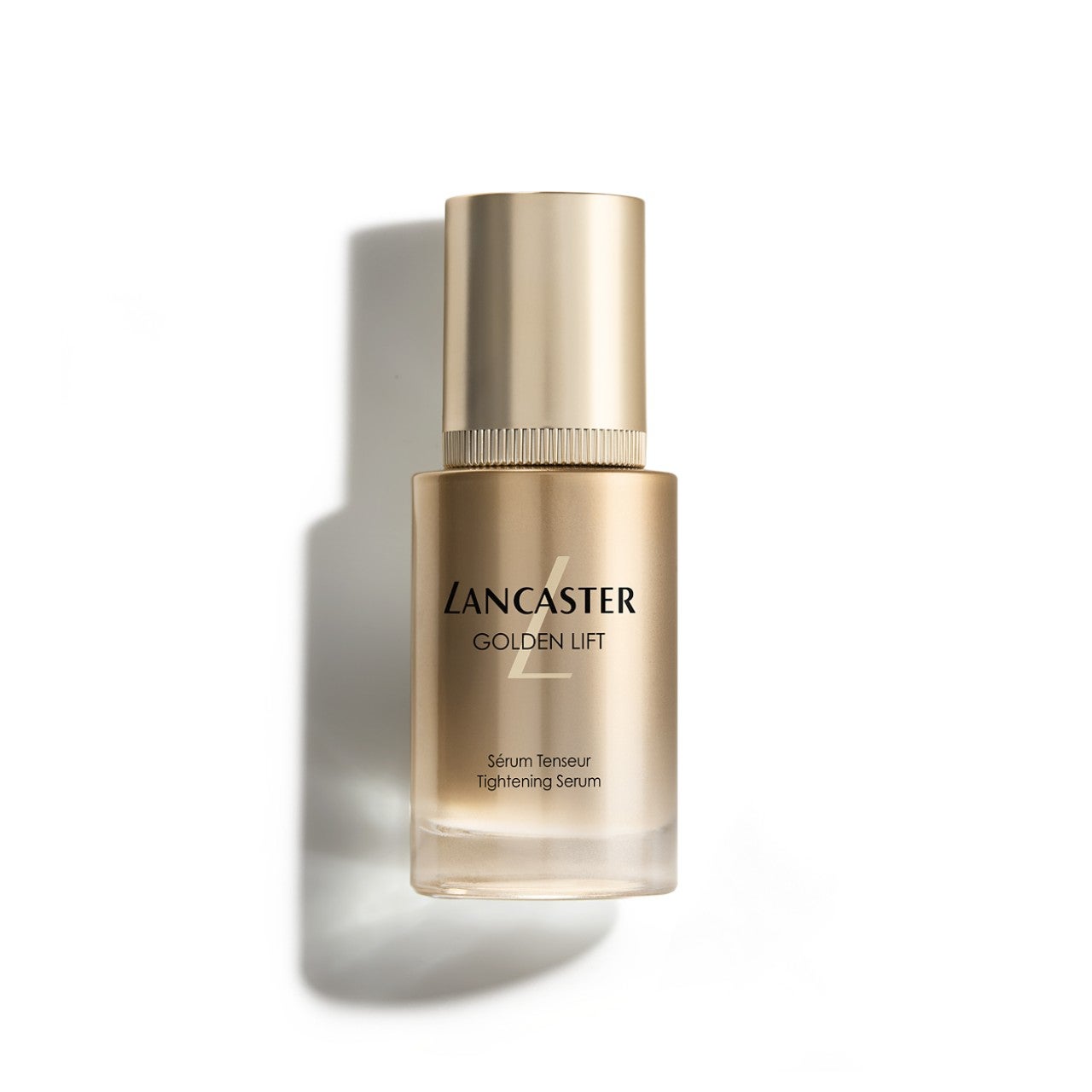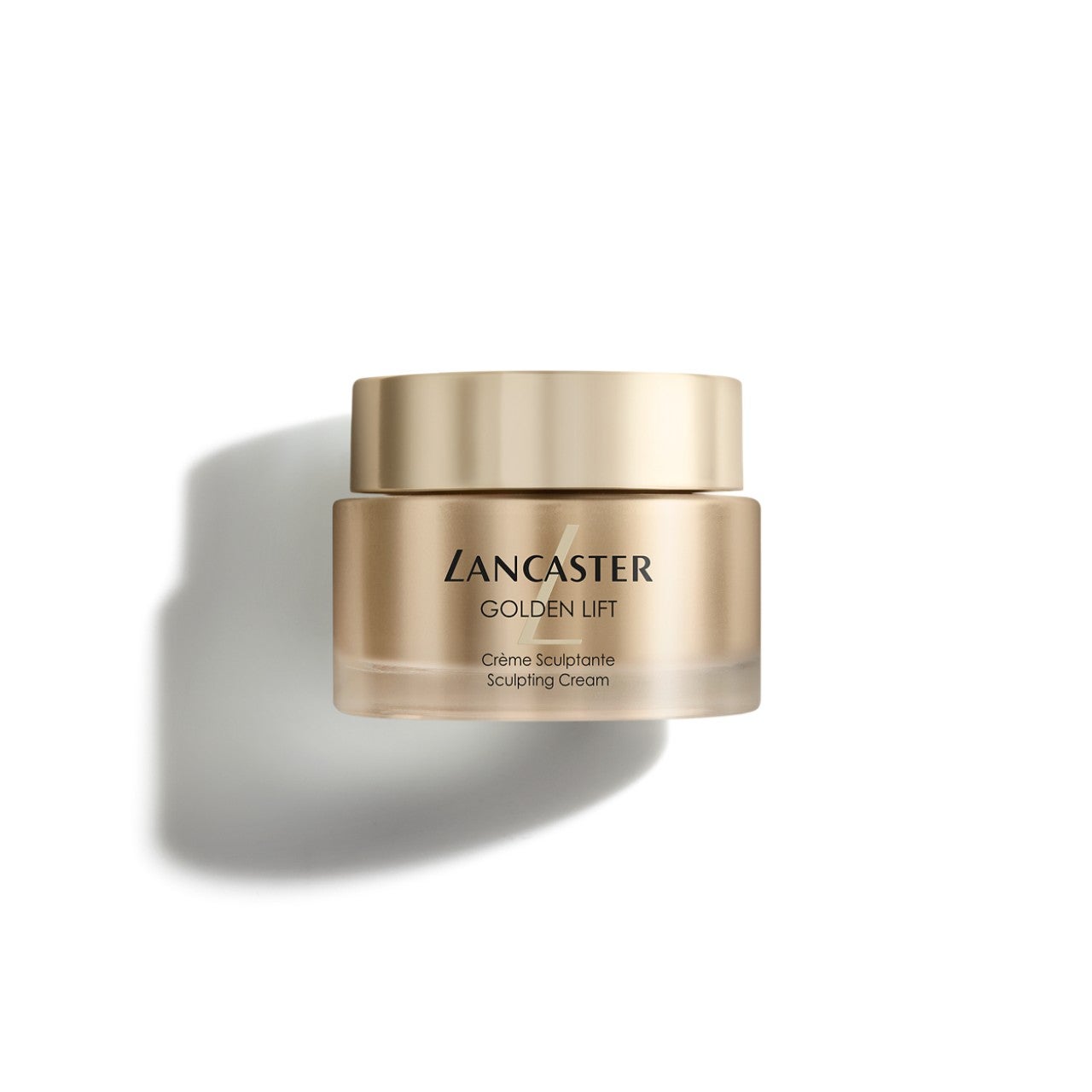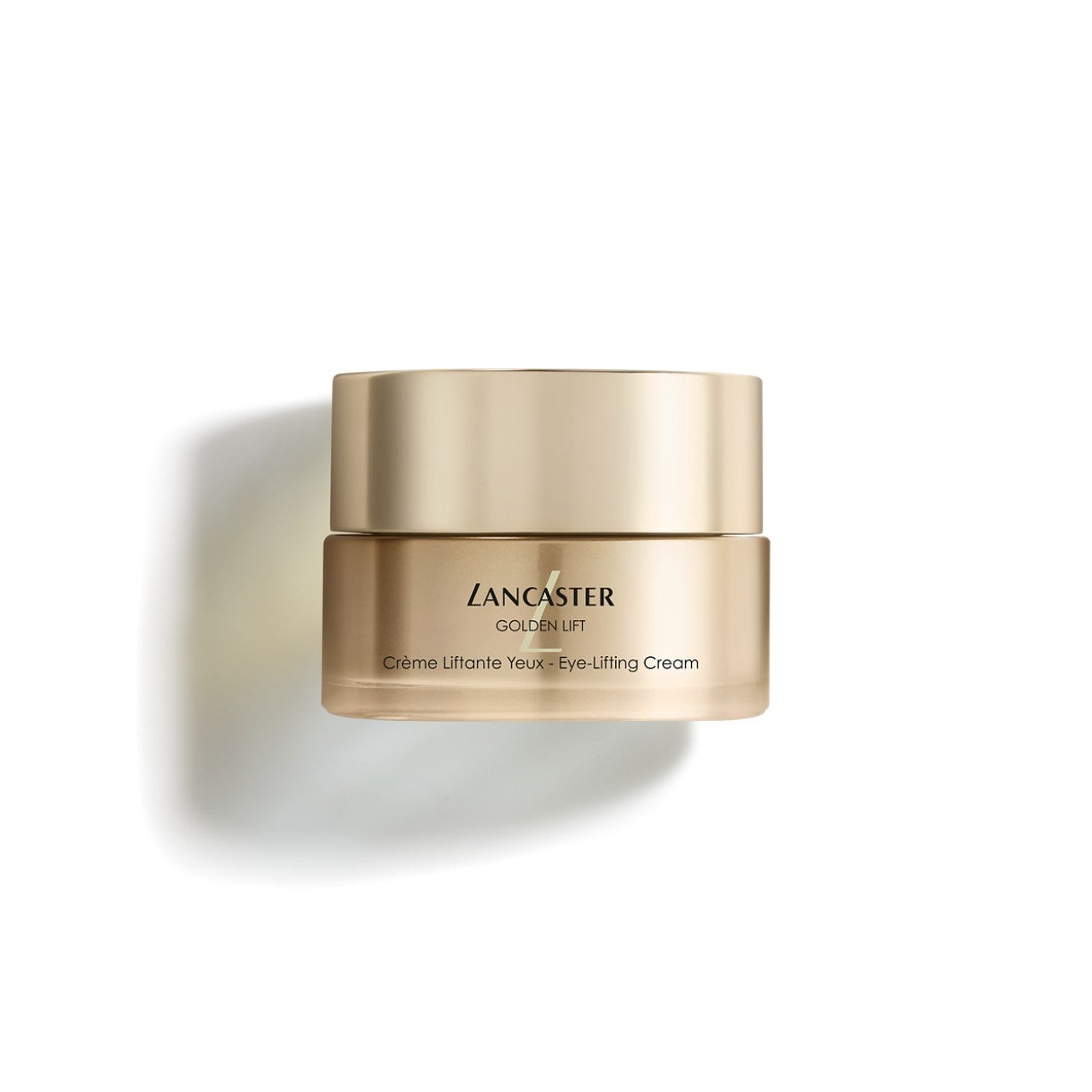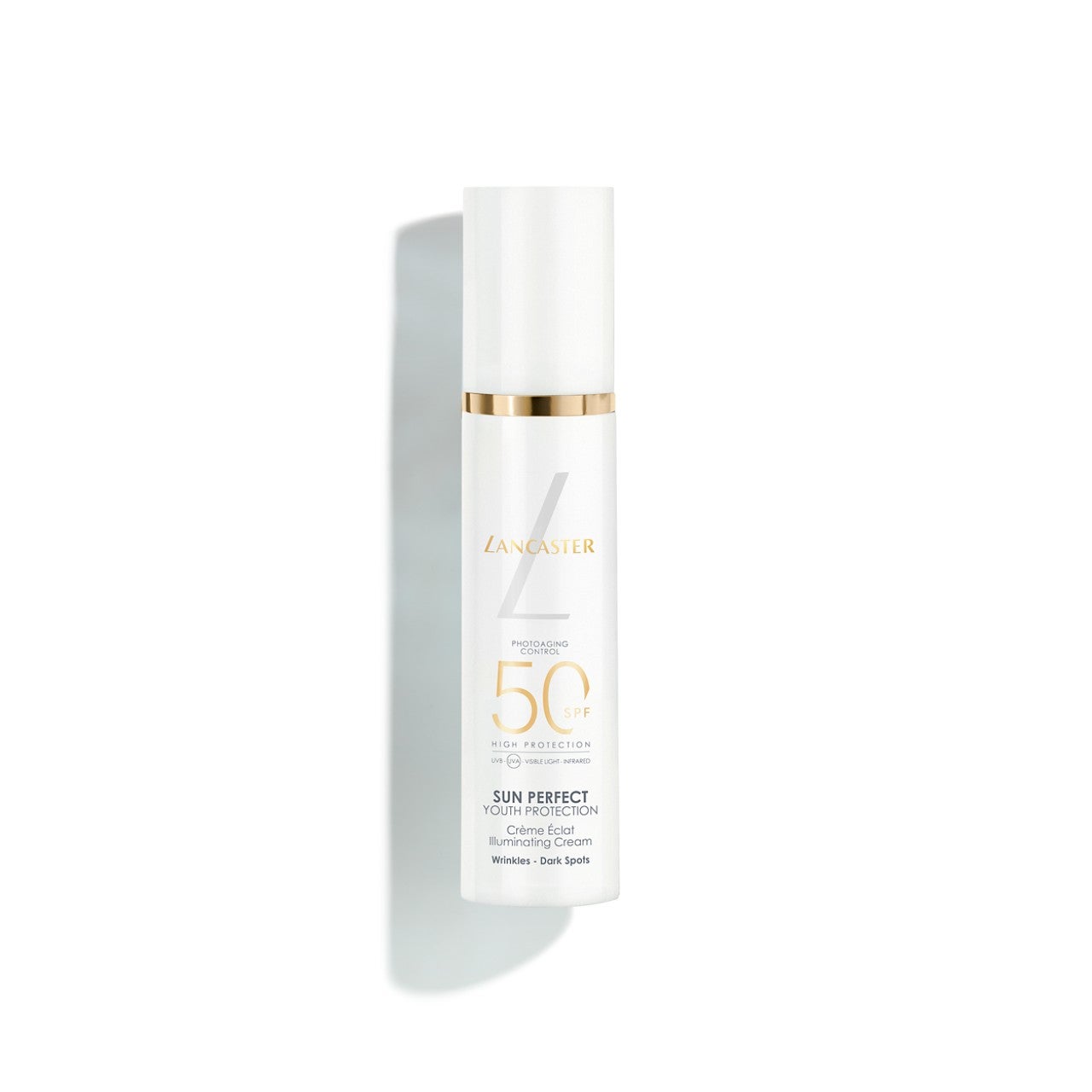5 Skincare Lessons Everyone Should Know In Their 30s
It’s true what they say: Your 30s are better than your 20s. For me, at 32, my friendships now feel rock solid and I have a little more financial stability. But the most eye-opening change has got to be my skin. Like so many, I spent my 20s obsessing over my hormonal acne, relentlessly subjecting my face to high-strength acids that often did more harm than good. Now, I’m convinced that I’ve cracked the code to a better skincare routine, and in the process, I’ve learnt some unexpected lessons.
One brand that has helped me understand my skin a little better is Lancaster. Its burgeoning sunscreen collection reeled me in (if you’re a regular here, you’ll know that I wax lyrical about SPF whenever I get the chance). But its luxury skincare collection, complete with buzzy, dermatologist-approved ingredients like retinal and peptides, has kept me coming back for more. Keep reading for my five key skincare takeaways and product recommendations.
AdvertisementADVERTISEMENT
1. There are no downsides to wearing SPF consistently
I'm convinced my skin looks fresher than it did in my 20s, and I attribute that to wearing sunscreen every day, rain or shine. There’s truly no downside to wearing SPF. A broad-spectrum sunscreen protects against both UVA (which causes premature ageing and skin cancer) and UVB (which leads to sunburn and also contributes to skin cancer). One common complaint about SPF is that it’s thick, heavy, and can cause breakouts, but there are ways around it. Look for sunscreens with chemical filters, like the Lancaster Sun Perfect Illuminating Cream SPF 50, which are typically lighter and invisible on the skin.
Another helpful tip I learnt from a respected dermatologist is to use sunscreen as your morning moisturiser. Most sunscreens boast moisturising ingredients anyway, like glycerin and niacinamide, which also just so happen to be in the Lancaster Sun Perfect Illuminating Cream SPF 50.
2. It’s never too late to address sun damage
I must confess: I wasn't always so diligent with my sunscreen. As a teenager, I avoided it mainly because formulas weren’t as advanced as they are today, and most of us didn’t truly understand how damaging the sun could be to our delicate skin. As such, I’ve noticed the effects of those sun-drenched days: pigmentation, darkened acne scars and fine lines.
Fortunately, there are a few skincare ingredients that can help minimise sun damage. One of them is retinol, a form of vitamin A that boosts skin cell turnover, leading to smoother, more radiant skin over time. Lancaster's Golden Lift Tightening Serum contains both encapsulated retinol, which helps to deliver the ingredient directly to skin cells without irritation, and supercharged retinal, which works even faster than its beloved counterpart. (Some experts even compare it to prescription-strength skincare.)
AdvertisementADVERTISEMENT
In addition to retinol and retinal, this serum contains a di-peptide complex. Peptides are proteins that repair damage and strengthen the skin. This formula does all that in addition to boosting collagen and hydration. Over time, a skincare routine with peptides can help fade pigmentation, improve skin elasticity and make the skin appear smoother and firmer.
I’m proof that it’s not too late to start reversing signs of sun damage. Since adding these ingredients to my routine, my skin is brighter, bouncier and more even in tone and texture.
3. Consider paring back the number of products you use
In recent years, the “more is more” trend has taken over skincare, with 12-step routines and over-the-top product lineups gaining popularity — but layering too many products can overwhelm the skin and lead to irritation. Enter the myth of the day and night cream. From my conversations with multiple dermatologists, I've learnt that you don’t necessarily need separate products for day and night; most moisturisers work equally well in both a.m. and p.m. routines. One such product is Lancaster’s Golden Lift Sculpting Cream, which I use morning and night. Its lightweight texture allows me to layer it over serums without any issues. The key ingredient for me is peptides, which help repair and strengthen the skin, and if I’m using it in the morning, I always follow up with a generous pump of sunscreen.
AdvertisementADVERTISEMENT
4. The right eye cream can make a difference
I’m famously anti-eye cream because I believe that using your face cream around the eyes is just as effective for moisturising and reducing fine lines. But this spring, allergies have got the better of me, and the delicate skin under my eyes is feeling the effects: slack, dull and textured. I decided it was time for a change. Lancaster’s Golden Lift Eye Cream offers the same skin-plumping ingredients as its beloved face moisturiser (think rejuvenating retinol and strengthening peptides) plus ultra-moisturising ingredients like shea butter and squalane. It’s gentle enough for nightly use, and nothing is stopping you from using it in the daytime, too, provided you apply a high factor, broad-spectrum sunscreen over the top to further protect your under-eye skin from UV rays.
5. It’s worth getting familiar with your skin type
For years, I was convinced I had oily skin, but it wasn't until a dermatologist assessment that I learnt it was actually combination skin. What followed even surprised me as a beauty director: With combination skin, the imbalance of oily and dry areas often stems from our own skincare choices — particularly using products that are either unsuitable for or too aggressive on our skin. The dermatologist told me that oil acts as the skin's natural defense against moisture loss, which explained why my cheeks were dry while my forehead remained oily.
While exfoliating acids and invigorating foaming cleansers have their benefits, they were too harsh for my reactive skin. Now, my routine includes a rotation of hydrating cream cleansers to remove makeup and sunscreen without the tight feeling, lower doses of retinol to promote fresh skin cells over time, and ingredients like glycerin and peptides to keep my skin soft and moisturised.
AdvertisementADVERTISEMENT
To determine your true skin type, wash your face, pat it dry and avoid applying any skincare for at least an hour. If your skin looks shiny with some residue, it’s likely oily. Dry or dehydrated skin will feel tight, may look flaky and can show fine lines. Combination skin typically has an oily T-zone — forehead, nose and chin — with dry areas around the edges. Lastly, sensitive skin tends to react easily to products or external factors like pollution or UV exposure.
Lastly, keep in mind that your skin type can change with climate, hormones, age and the products you use, so it’s a good idea to reassess it regularly for the best results.
AdvertisementADVERTISEMENT











